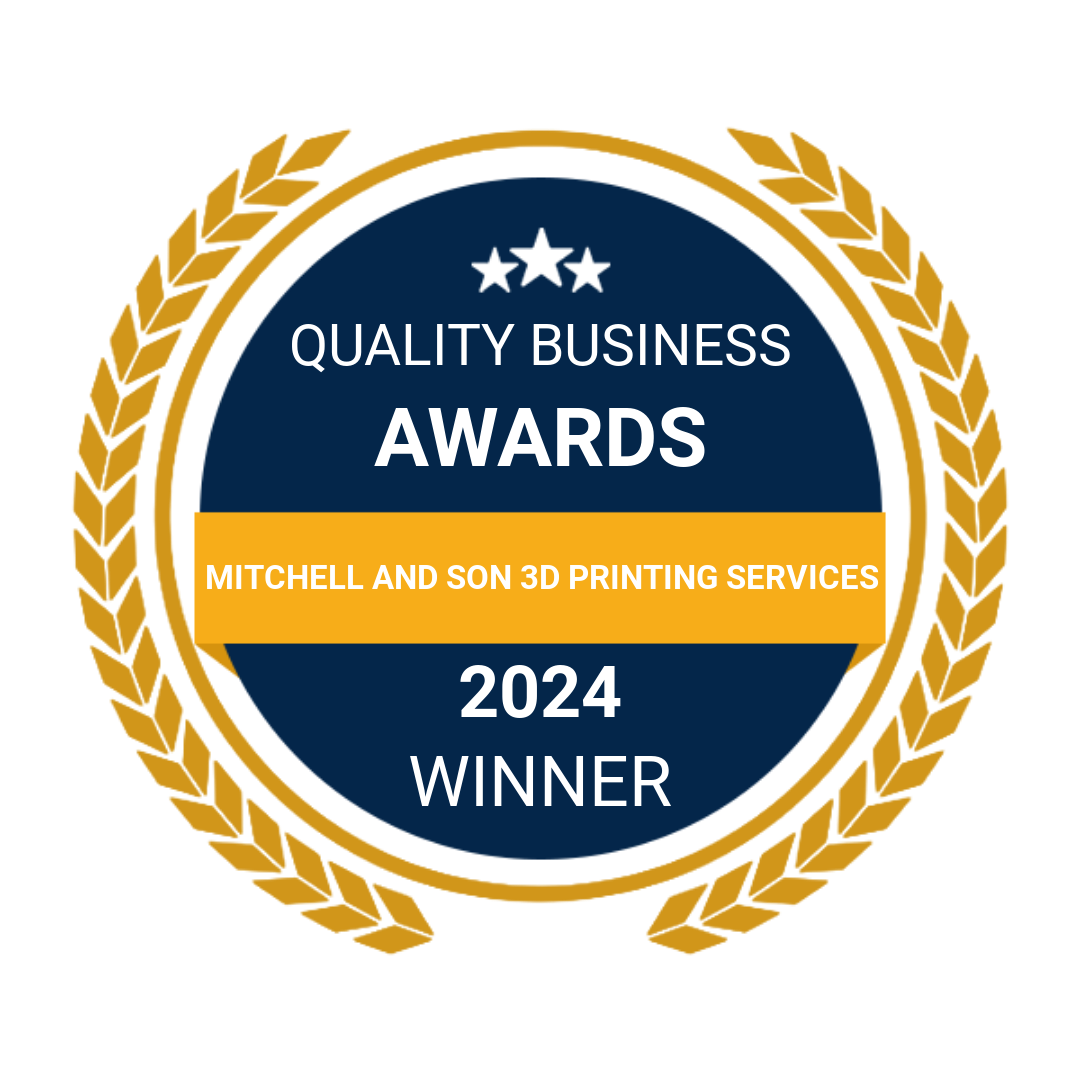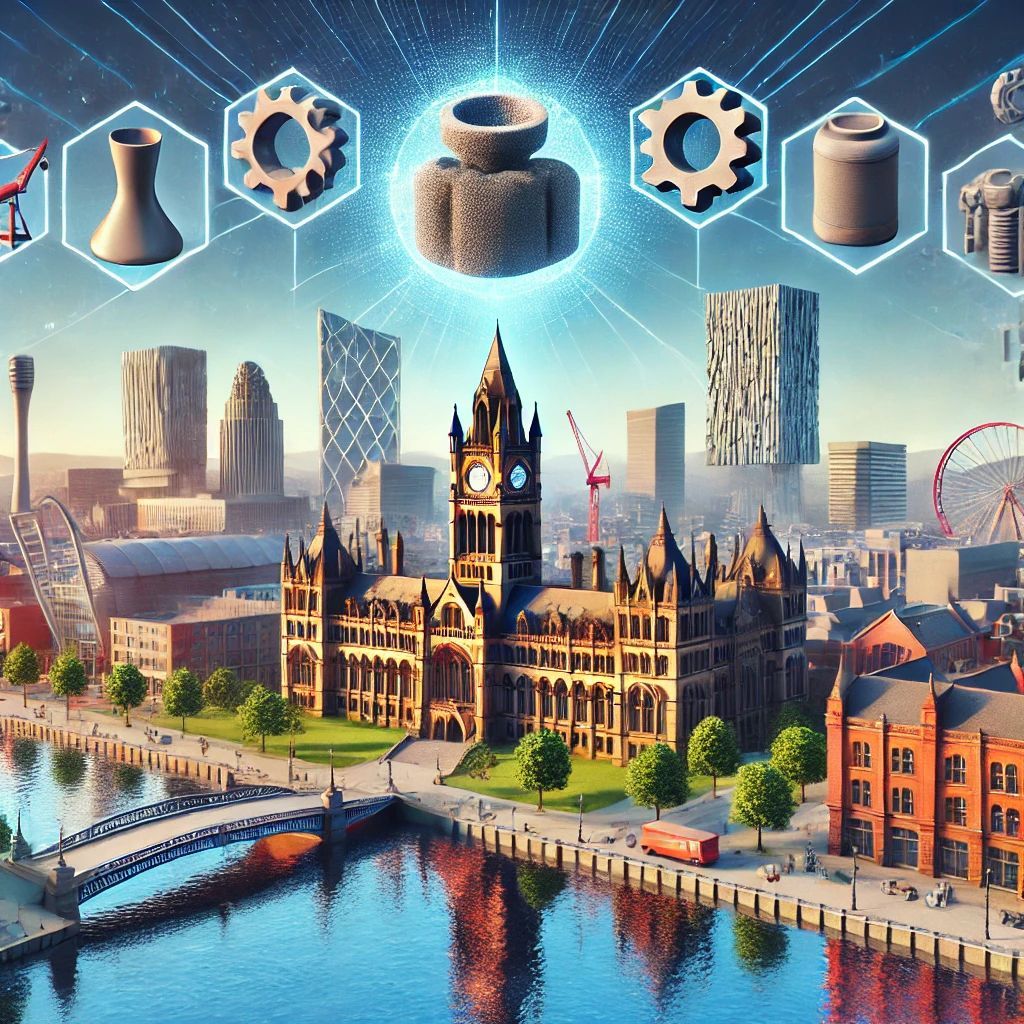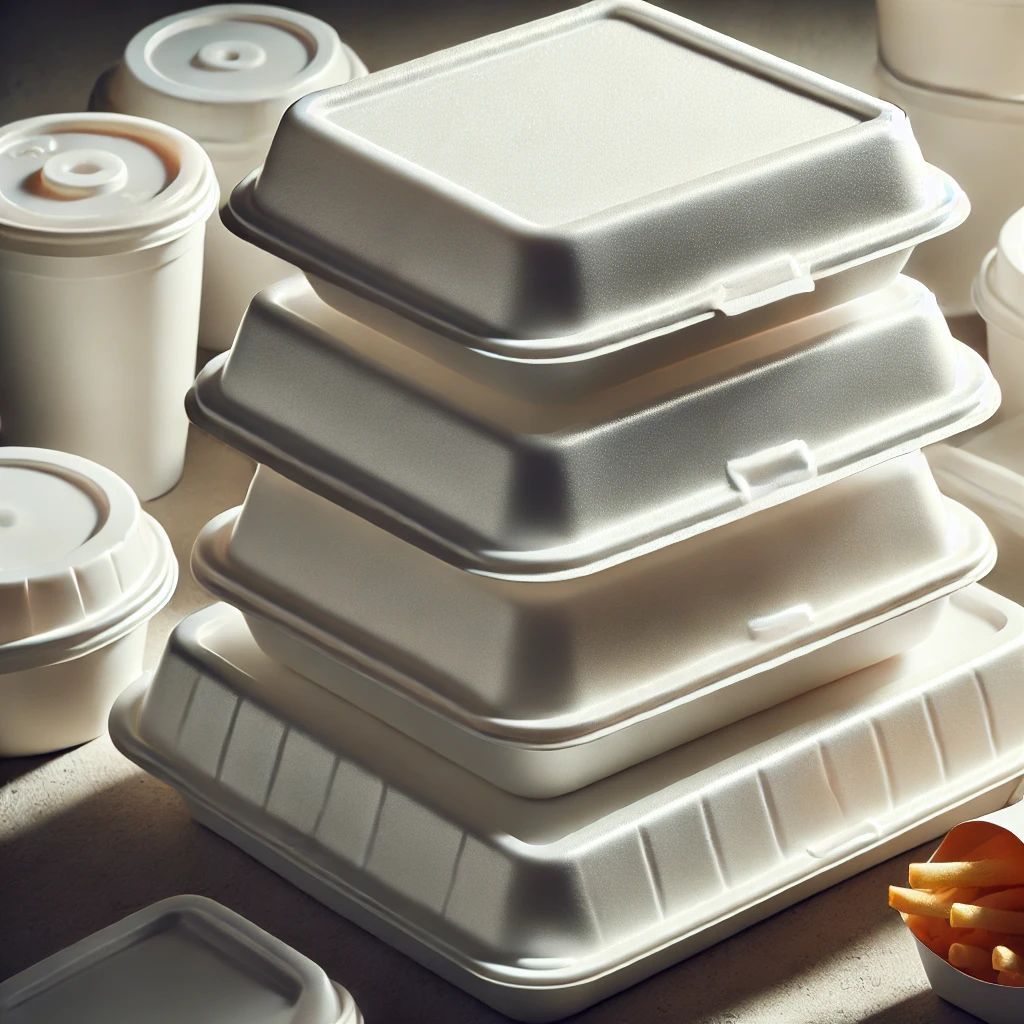Digital Light Process (DLP)
What is DLP printing?
DLP printing is a 3D printing technology used to rapidly produce photopolymer parts. It's very similar to SLA with one significant difference -- where SLA machines use a laser that traces a layer, a DLP machine uses a projected light source to cure the entire layer at once.
DLP printing technology was first developed by Texas Instruments in the late 1980s. The technology has been used in a variety of applications, including in the medical field to create prosthetic implants and in the automotive industry to create prototypes.
DLP printers work by curing a photosensitive resin with a light source. The light source is typically an ultra-high-definition projector that projects an image of the layer to be printed. The projector is controlled by a computer, which tells it what to print.
The light cures the resin, and the part is then lowered into the build chamber, where the next layer is cured. This process is repeated until the part is complete.
DLP printers are typically very fast, with some machines being able to print parts in seconds. The speed of the printer depends on the size of the part being printed and the resolution of the projector.
The accuracy of DLP printers is also very high, with some machines being able to print parts with resolutions of up to 0.1mm.
DLP printers are becoming increasingly popular as they offer a fast, accurate, and cost-effective way to produce parts
DLP 3D printers are some of the most versatile and user-friendly printers on the market. They use UV light from a projector to harden liquid resins into 3D shapes through a process that converts photosensitive liquid into solid plastics layer-by-layer via photopolymerization.
This makes DLP 3D printing ideal for a wide range of applications, from creating prototypes to manufacturing small batches of parts. And because DLP 3D printers can be relatively compact and don't require large build areas, they're also well-suited for use in home and office settings.
If you're looking for a DLP 3D printer, there are a few things to keep in mind. First, you'll need to choose a printer that uses the right type of resin for your needs. There are different types of resins available that are formulated for different applications, so it's important to select the right one for your project.
You'll also need to consider the build area of the printer. This is the size of the object that the printer can create, and it's important to make sure that the printer you select can accommodate the size of the objects you want to create.
Finally, you'll need to decide on a budget. DLP 3D printers can range in price from a few hundred dollars to several thousand, so it's important to set a budget that you're comfortable with.
Once you've considered these factors, you'll be well on your way to finding the perfect DLP 3D printer for your needs.
What are examples of uses for 3D printing?
Manufacturing & Engineering
- Automobiles. The automotive industry has been tapping the potential of 3D printing for decades already. ...
- Jewelry. 3D printing is instigating a design revolution in jewelry. ...
- Onshoring. ...
- Spare & Replacements Parts. ...
- Aerospace. ...
- Glasses and Eyewear. ...
- Shoes. ...
- Fashion and Smart Clothing (On the Horizon) When DLP 3D printing technology is used to rapidly produce photopolymer parts, it's like a dream come true for many manufacturers. With DLP, parts can be produced in a fraction of the time it takes with other 3D printing technologies. And, because DLP uses light to cure the photopolymer, the parts are extremely accurate and have a smooth surface finish.
DLP 3D printing is a technology that has been around for a while, but it's only now starting to gain popularity in the mainstream 3D printing world. With DLP, a 3D printer uses a projector to cure a layer of photopolymer resin. The projector is synchronized with the movement of the build platform, so that the image projected onto the resin is always in the correct position.
DLP 3D printing is incredibly fast. In some cases, it can be up to 100 times faster than other 3D printing technologies. And, because the parts are cured by light, there is very little post-processing required. This means that parts can be produced quickly and easily, with little to no downtime.
DLP 3D printing is ideal for applications where time is of the essence. With DLP, parts can be produced in a matter of hours, which is a huge advantage over other 3D printing technologies. And, because the parts are so accurate, they can be used for prototypes or end-use applications.
If you're looking for a 3D printing technology that can rapidly produce high-quality parts, then DLP 3D printing is the perfect solution. With DLP, you can have your parts in hand in a matter of hours, with little to no post-processing required. So, if you need parts fast, DLP is the way to go.












